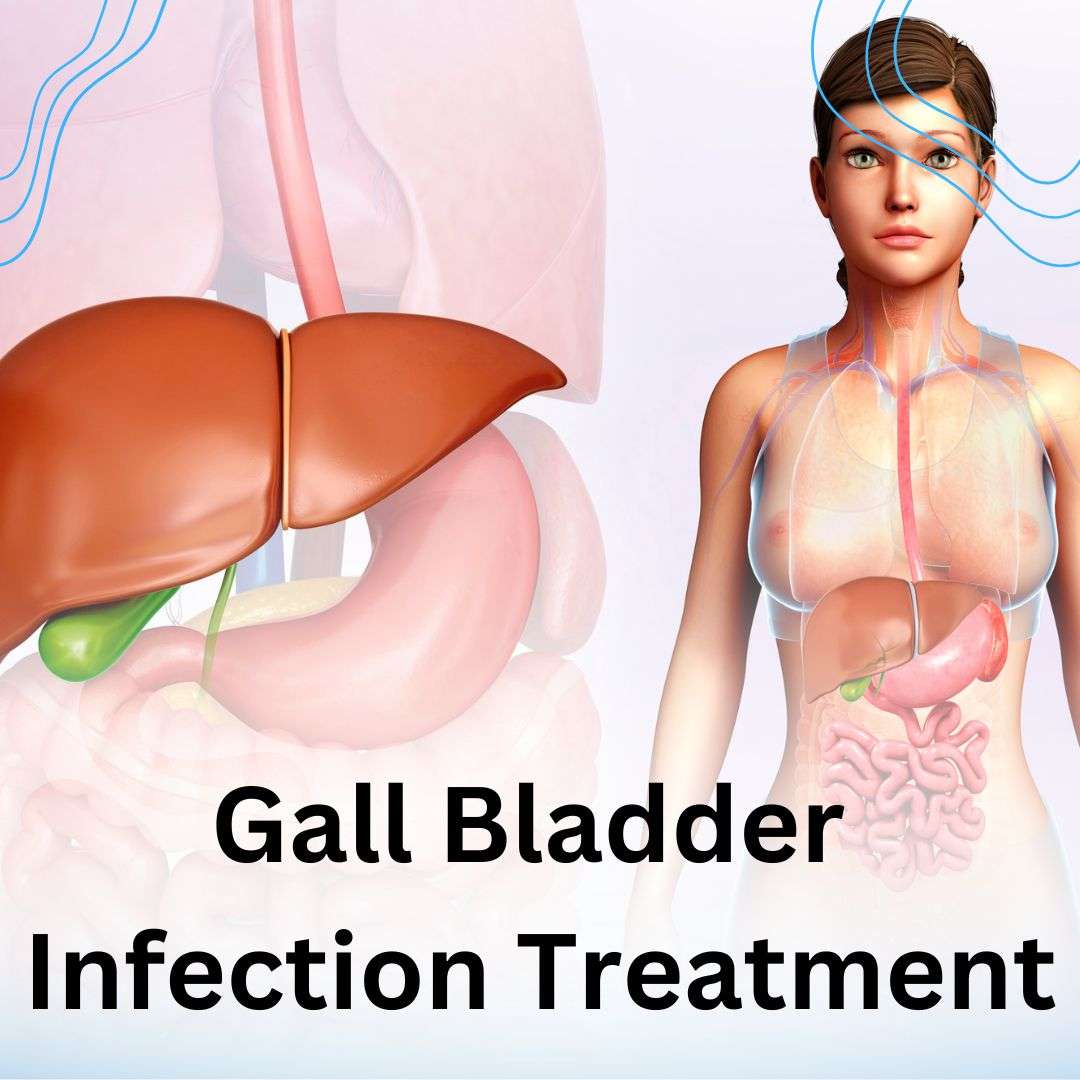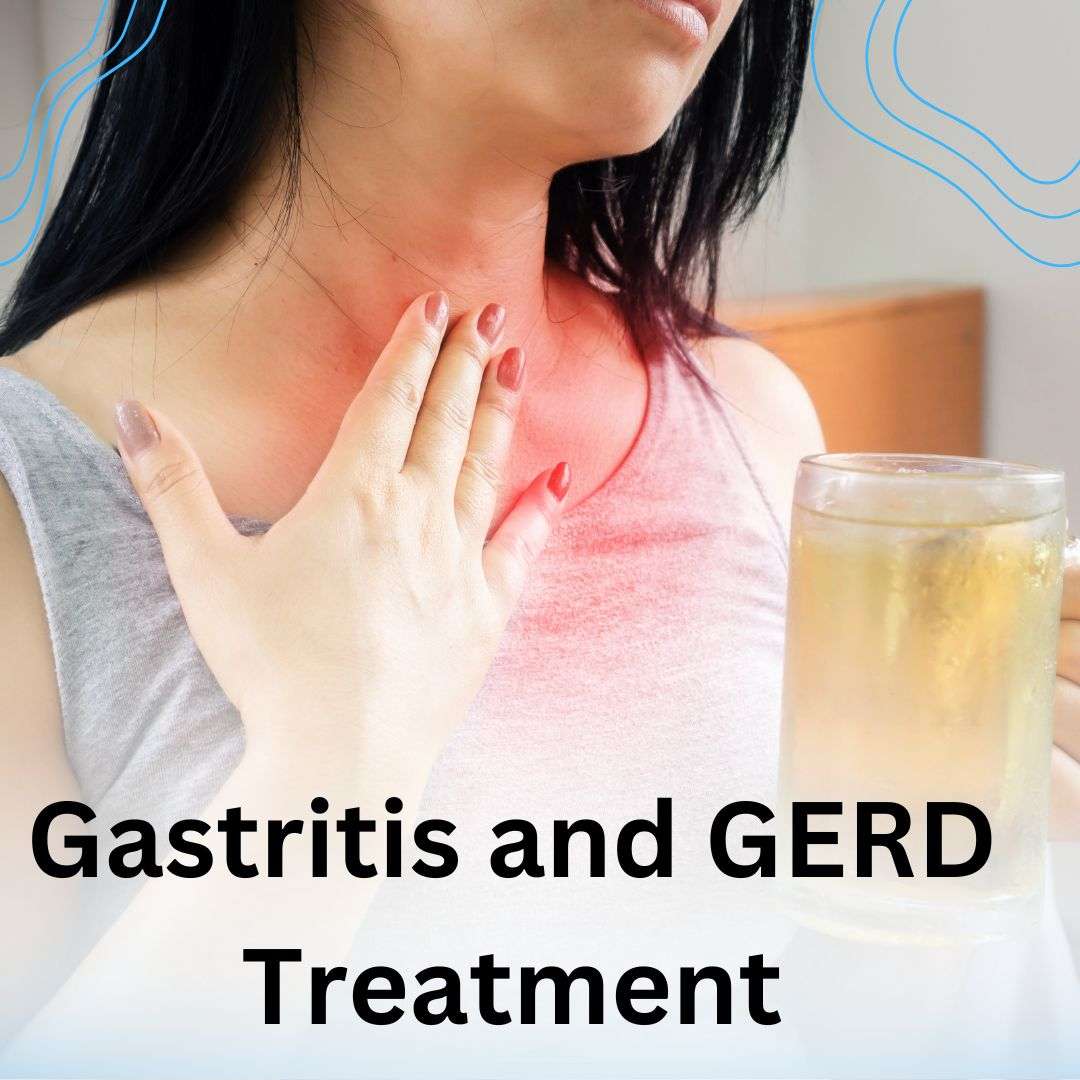Product Description
A heart attack, also known as a myocardial infarction (MI), occurs when there is a blockage in one or more of the coronary arteries, which supply blood to the heart muscle. This blockage prevents adequate blood flow, leading to damage or death of the heart muscle. The most common cause of this blockage is the build-up of plaque, which is composed of fat, cholesterol, and other substances. When this plaque ruptures, a blood clot forms, obstructing the blood flow.
The symptoms of a heart attack vary but often include chest pain or discomfort, shortness of breath, nausea, sweating, and lightheadedness. The pain may radiate to the arms, neck, back, or jaw. It is important to note that some people, especially women, may experience less typical symptoms, such as fatigue or indigestion.
Several risk factors contribute to heart attacks, including high blood pressure, smoking, diabetes, high cholesterol, a sedentary lifestyle, and a family history of heart disease. Stress and excessive alcohol consumption can also increase the risk.
Treatment for a heart attack aims to restore blood flow to the heart muscle as quickly as possible. This may involve medications like thrombolytics to dissolve blood clots, anticoagulants to prevent further clotting, or procedures like angioplasty and stent placement. In severe cases, coronary artery bypass surgery may be necessary.
Prevention involves lifestyle changes, including regular exercise, a healthy diet, quitting smoking, and managing conditions like diabetes and high cholesterol. Early detection and treatment are key to improving outcomes and reducing the risk of further heart damage.
Terms & conditions
Tags
#Heart attack treatment in Bangalore
#Myocardial infarction treatment Bangalore
#Best cardiologists for heart attack in Bangalore
#Heart attack specialists in Bangalore
#Top heart hospitals in Bangalore
#Emergency heart attack treatment Bangalore
#Heart attack treatment without surgery Bangalore
#Angioplasty services in Bangalore
#Stent placement treatment Bangalore
#Heart attack rehabilitation Bangalore
#Prevent heart attack Bangalore
#Affordable heart attack treatment Bangalore
#Best hospital for heart attack Bangalore
#Cardiovascular disease treatment Bangalore
#Heart attack prevention Bangalore
#24/7 heart attack care Bangalore
#Heart attack treatment doctors in Bangalore
#Heart failure treatment Bangalore
#Emergency cardiac care Bangalore
#Angiogram in Bangalore
#Coronary artery bypass surgery Bangalore
#Heart attack surgery Bangalore
#Immediate heart attack treatment Bangalore
#Advanced heart attack treatment Bangalore
#Heart health consultation Bangalore
#Top cardiac hospitals in Bangalore
#Heart attack diagnosis Bangalore
#Heart attack and chest pain specialists Bangalore
#Non-invasive heart attack treatments Bangalore
#Medical center for heart attack Bangalore
#Cardiac care Bangalore
#Best heart specialist clinics Bangalore
#Heart attack symptoms Bangalore
#Cardiac emergencies Bangalore
#Cardiovascular health Bangalore
#Heart attack prevention clinics Bangalore
#Cardiologists in Bangalore for heart attack
#Low-cost heart attack treatment Bangalore
#Best angioplasty hospitals Bangalore
#Post-heart attack recovery Bangalore
#Heart attack and stroke treatment Bangalore
#Heart attack care hospitals Bangalore
#Heart attack and heart failure doctors Bangalore
#Heart bypass surgery Bangalore
#Leading heart hospitals in Bangalore
#Top cardiologist for myocardial infarction Bangalore
#Quick heart attack treatment Bangalore
#Heart attack medication Bangalore
#Heart attack stent surgery Bangalore
#Holistic heart attack care Bangalore
#24-hour heart care Bangalore
#Cardiovascular consultation Bangalore
#Best heart attack recovery hospitals Bangalore
#Preventive cardiology Bangalore
#Myocardial infarction management Bangalore
#Cardiology experts in Bangalore
#Angioplasty heart attack treatment Bangalore
#Immediate care for heart attack Bangalore
#Heart attack medical experts Bangalore
#Heart disease management Bangalore
#Treatment for myocardial infarction in Bangalore
#Affordable cardiologists Bangalore
#Cardiac stent placement Bangalore
#Leading heart attack specialists Bangalore
#Revascularization for heart attack Bangalore
#Heart attack risk factor management Bangalore
#Myocardial infarction surgery Bangalore
#Heart attack doctor Bangalore
#Treatment for chest pain Bangalore
#Cardiac surgery Bangalore
#Heart attack diagnostic centers Bangalore
#Top heart hospitals for myocardial infarction Bangalore
#Cardiac care unit Bangalore
#Specialized heart attack doctors Bangalore
#Heart health diagnostic tests Bangalore
#Fast heart attack response Bangalore
#Post-cardiac event rehabilitation Bangalore
#Minimally invasive heart attack surgery Bangalore
#Expert heart attack treatment Bangalore
#Best cardiology clinics Bangalore
#Heart attack medical team Bangalore
#Recovery treatment for heart attack Bangalore
#Cardiology specialists for heart disease Bangalore
#Heart attack detection clinics Bangalore
#Preventive heart attack care Bangalore
#Cardiologist consultation for heart attack Bangalore
#Cutting-edge heart treatment Bangalore
#Heart attack treatment facilities Bangalore
#Affordable angioplasty Bangalore
#Emergency cardiac treatment centers Bangalore
#Heart attack screening clinics Bangalore
#Top-rated heart treatment in Bangalore
#Heart disease prevention Bangalore
#Affordable heart disease care Bangalore
#Best treatment for myocardial infarction Bangalore
#Reputable heart attack hospitals Bangalore
#Cardiac surgery cost in Bangalore
#Prevent heart attack with diet Bangalore





